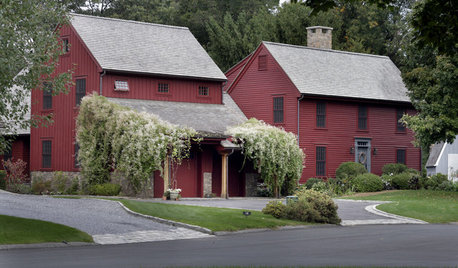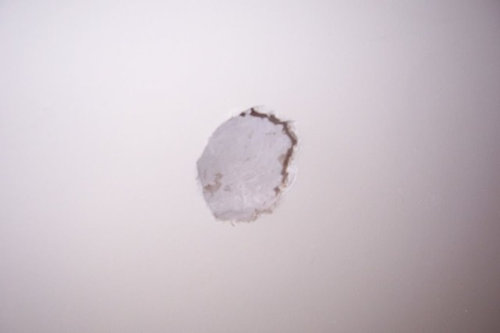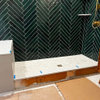Help! I need to patch this b4 DH gets home!
2ajsmama
14 years ago
Related Stories

ORGANIZINGGet the Organizing Help You Need (Finally!)
Imagine having your closet whipped into shape by someone else. That’s the power of working with a pro
Full Story
REMODELING GUIDESWisdom to Help Your Relationship Survive a Remodel
Spend less time patching up partnerships and more time spackling and sanding with this insight from a Houzz remodeling survey
Full Story
HOUSEKEEPINGThree More Magic Words to Help the Housekeeping Get Done
As a follow-up to "How about now?" these three words can help you check more chores off your list
Full Story
LIFEDecluttering — How to Get the Help You Need
Don't worry if you can't shed stuff and organize alone; help is at your disposal
Full Story
DECLUTTERINGDownsizing Help: How to Get Rid of Your Extra Stuff
Sell, consign, donate? We walk you through the options so you can sail through scaling down
Full Story
GREAT HOME PROJECTSReady to Repaint Your Home’s Exterior? Get Project Details Here
Boost curb appeal and prevent underlying damage by patching and repainting your home’s outer layer
Full Story
EXTERIORSHelp! What Color Should I Paint My House Exterior?
Real homeowners get real help in choosing paint palettes. Bonus: 3 tips for everyone on picking exterior colors
Full Story
LIFEThe Polite House: How Can I Kindly Get Party Guests to Use Coasters?
Here’s how to handle the age-old entertaining conundrum to protect your furniture — and friendships
Full Story
GARDENING GUIDES6 Steps to Get a Garden Off to a Glowing Start
Grow a lush, balanced garden from an empty patch of yard or neglected landscape spot with these easy-to-follow guidelines
Full StoryMore Discussions














tryinbrian
2ajsmamaOriginal Author
Related Professionals
East Peoria Kitchen & Bathroom Designers · Olympia Heights Kitchen & Bathroom Designers · Adelphi Kitchen & Bathroom Remodelers · Bellevue Kitchen & Bathroom Remodelers · Blasdell Kitchen & Bathroom Remodelers · Phillipsburg Kitchen & Bathroom Remodelers · Cave Spring Kitchen & Bathroom Remodelers · Barstow Interior Designers & Decorators · Harvey General Contractors · Kailua Kona General Contractors · Klahanie General Contractors · Marinette General Contractors · Oxon Hill General Contractors · San Elizario General Contractors · Sheboygan General Contractorstryinbrian
macv
homebound
2ajsmamaOriginal Author
annzgw
2ajsmamaOriginal Author
macv
2ajsmamaOriginal Author
kudzu9
2ajsmamaOriginal Author
sierraeast
kudzu9
2ajsmamaOriginal Author
ci_lantro